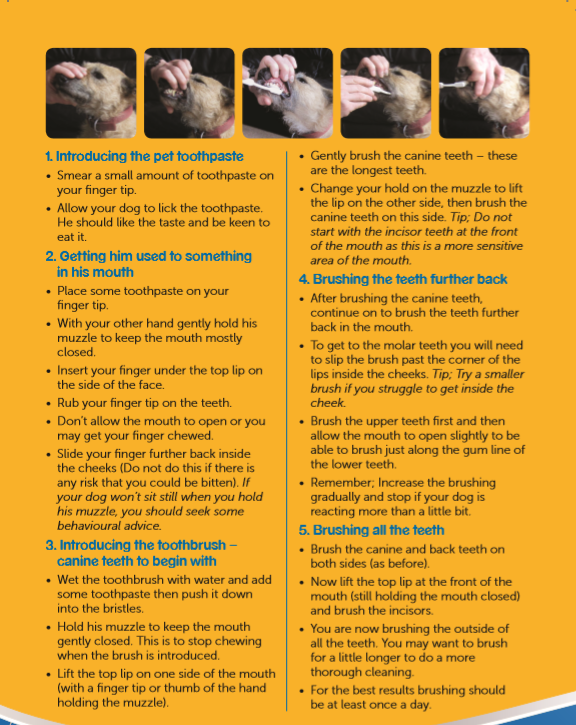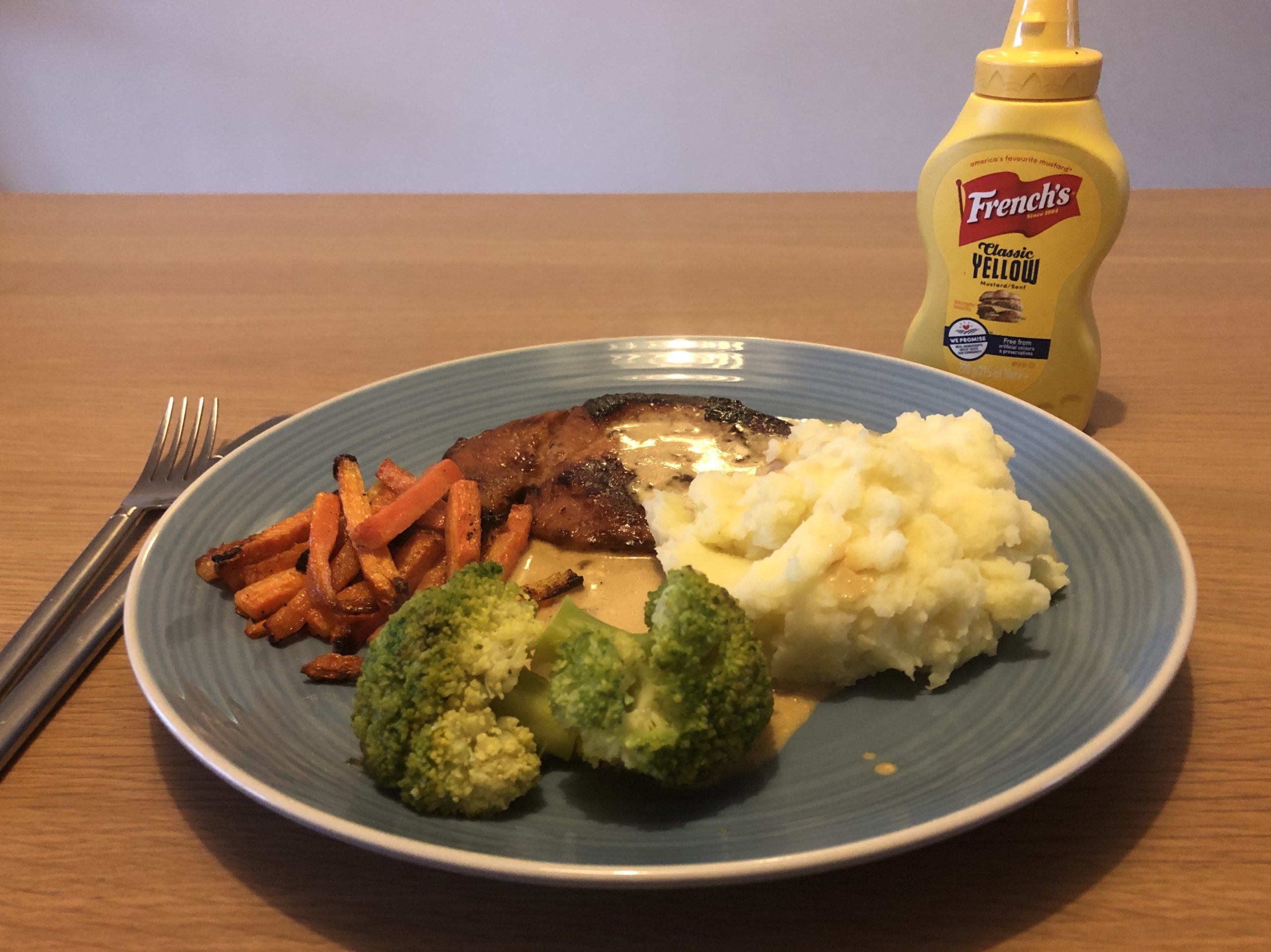
Our Teeth and Theirs with Pedigree®
Like humans, dogs benefit from a good dental hygiene routine and the sooner you implement a routine the easier it will be to become a normal part of your day and for them to get used to it also.
That being said if you have an older dog and haven’t up to now started any kind of tooth brushing, then it’s never too late to start. Some dogs are able to keep healthy teeth with minimal help whilst others can be prone to unhealthy teeth and subsequently unhealthy gums.

I have 2 labradors, Monty and Poppy and generally they have pretty good teeth and aged 7 and 9 haven’t needed to have a dental at the vets as yet *touch wood! They do have yearly dental checks which is done at the same time as their annual vaccinations to try and catch any issues early enough. Like with humans if we let our teeth build up with plaque and tartar we will get gum pain and at a high risk of gum disease, dogs can get this too so it’s important to keep a regular eye on things so they’re not in any unnecessary pain.
Some of the things you can try for optimum dog dental care are listed below, even if done a couple of times a week is better than nothing, so don’t feel bad if you miss a few days.
Brushing teeth
I’ll be honest and admit that I’m bit hit and miss with tooth brushing, but when I do remember I use a finger microfibre cleaner which has antibacterial silver ions and 12,000 more fibres than a regular toothbrush. Being a finger brush I find it easier to get my finger into their mouths and you can feel your way around each tooth. You can use this without toothpaste but I do tend to use an enzyme based dog toothpaste as well because Poppy is a bit more reluctant to let me brush for too long, the enzymes in the toothpaste can get to work on the plaque without me doing too much work.
The trick to introducing teeth brushing to your dog is to start off a little at a time, if they like treats, use these as an added incentive.
- Keep each session short – from a few seconds to a maximum of a couple of minutes.
- Pick a time which suits your daily routine and try to keep it as your usual time to brush. It doesn’t matter when in the day you do the brushing.
- Every dog is different – so train at a pace which suits your dog. You can always go back a stage.
- Give lots of praise and a reward but only for good behaviour
This is a good example on how to gently introduce brushing teeth and the stages to follow:

Dental Chews
Whilst brushing your dogs teeth is the best way to keep them healthy, it can be difficult and not all dogs are happy to have their teeth or mouth messed around with so the alternative is using dental chews and most dogs love to chew! Pedigree® advise giving a dental chew once a day if giving the DentaStix® or you can give the new DentaFlex® twice a week.
DentaStix® have a unique X shape and, when fed daily, its special texture is scientifically proven to help reduce the build up of tartar by up to 80%.
DentaFlex® is a completely new dental chew developed by oral care science and technology experts at Pedigree® with valuable input from veterinary dentists. The chew is specially designed to effectively reduce the build-up of plaque and tartar close to the gum line and provides a deep clean from just two chews a week.
Both are low in fat, but if your dog is on a special diet for weight loss then this should be accounted for within their daily allowance and also if your dog is on a special diet for medical reasons then you should discuss introducing the dental chews with your vet before giving.
Dental dog food
There are also a few foods on the market that offer additional dental maintenance help. These food sadly can be expensive and for two big labradors not really feasible in my case. However, my vet kindly once told me that you can add just a few nuggets of the dental food to your dogs regular food and this will also be a help on a slightly smaller scale. Like with the dental chews though, if your dog is on a special diet then it’s worth consulting your vet before making any changes to their diet.

If your dog does develop heavy plaque or tartar then your vet my suggest performing a scale and polish on your dog (normally under general anaesthetic) and at this stage you may find they need teeth extracting also, this can prove quite costly (and not covered on insurance!) so it’s definitely beneficial to try and be proactive when it comes to your dogs dental hygiene.
This post is in conjunction with Pedigree® but all thoughts are my own
You May Also Like

Get fit and lose weight – Week 1
July 4, 2013
RIP Lily
November 6, 2013
